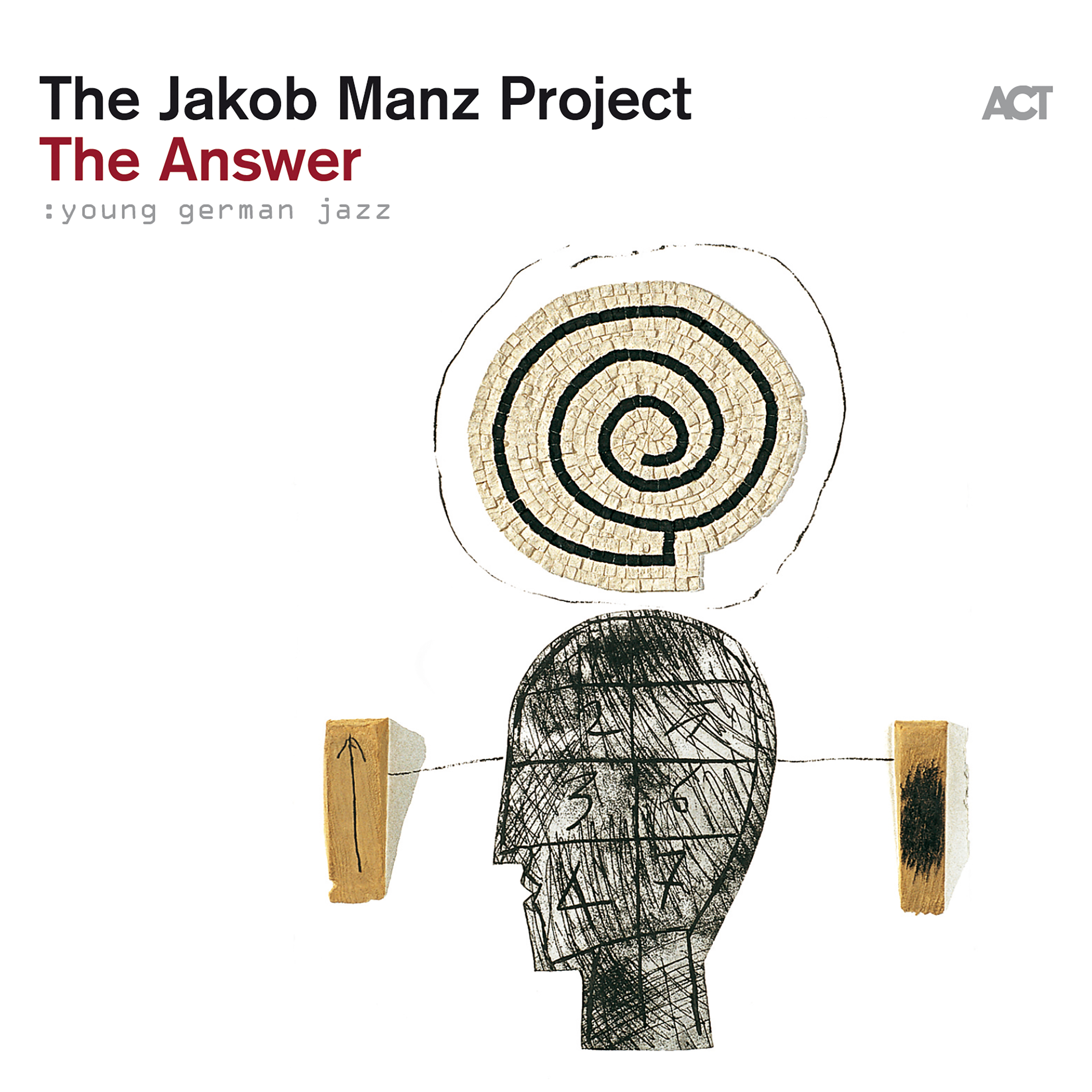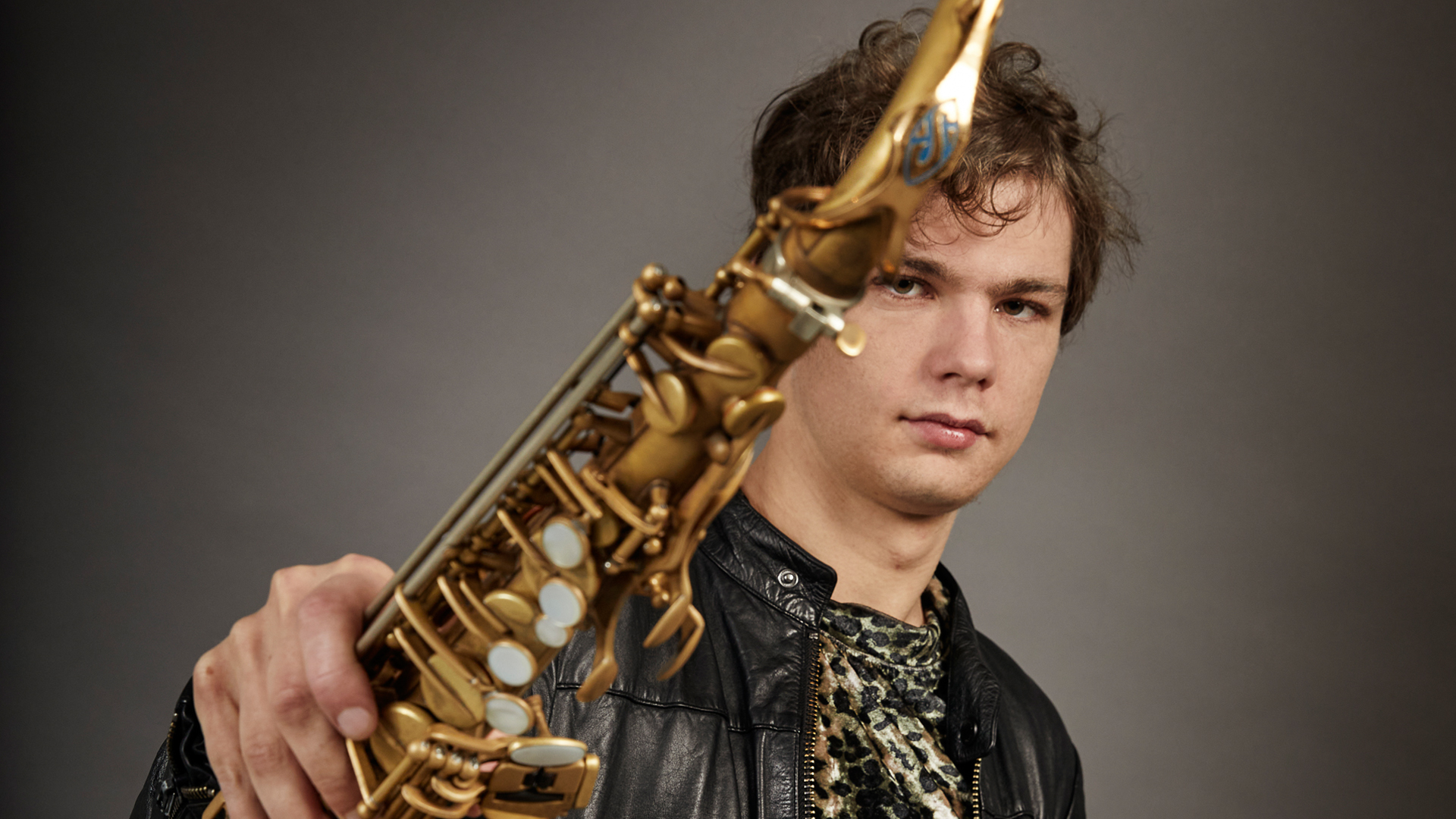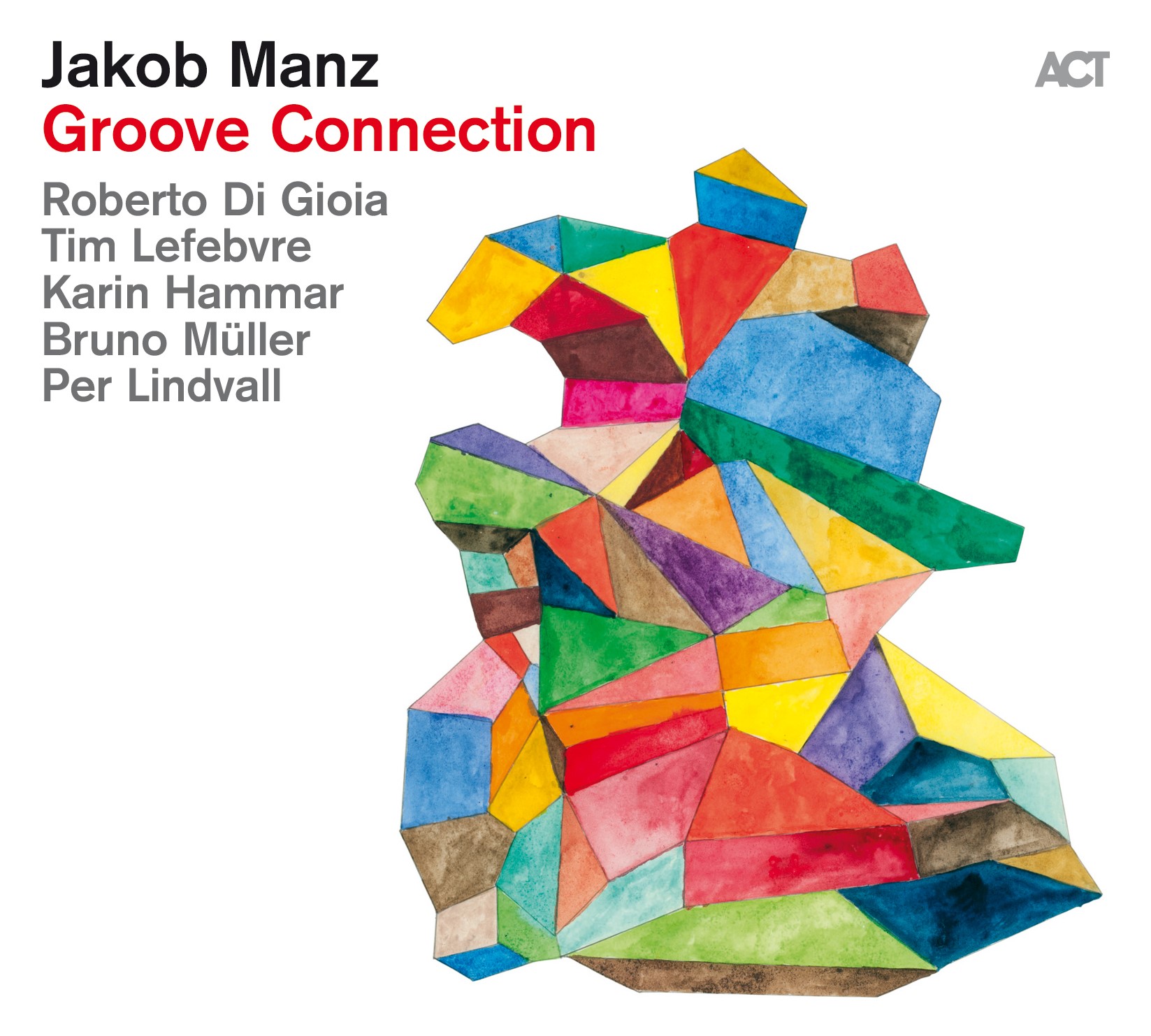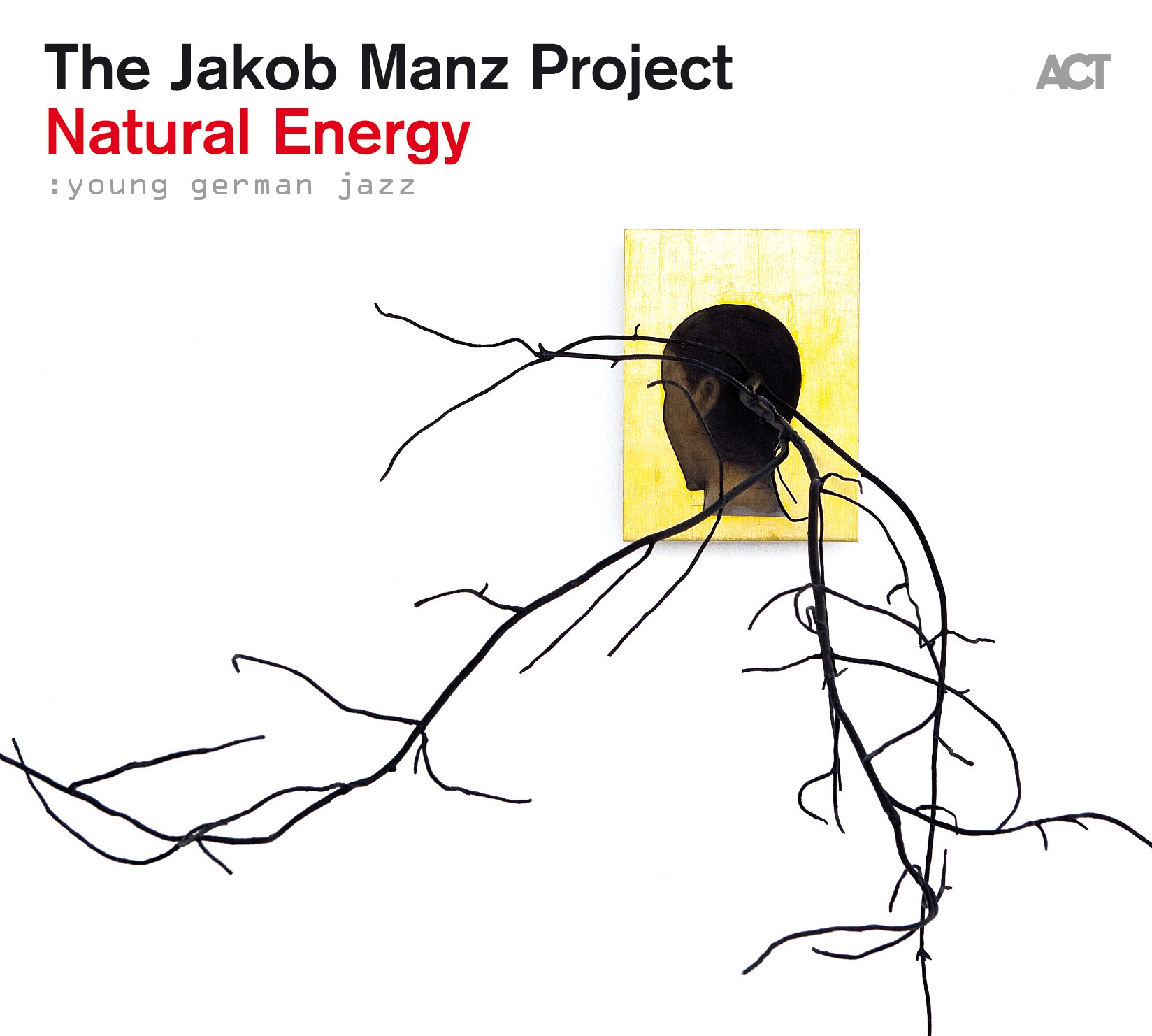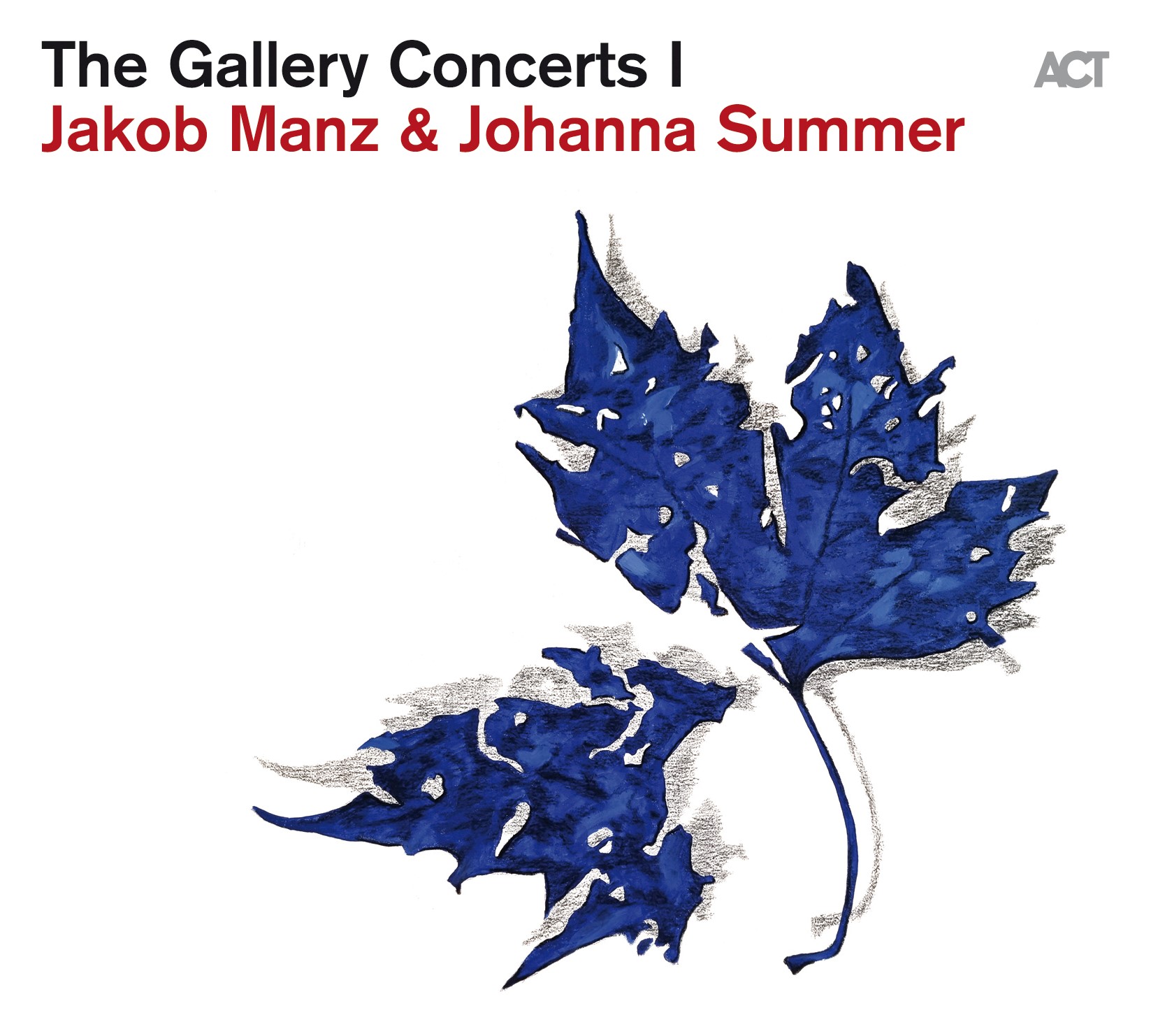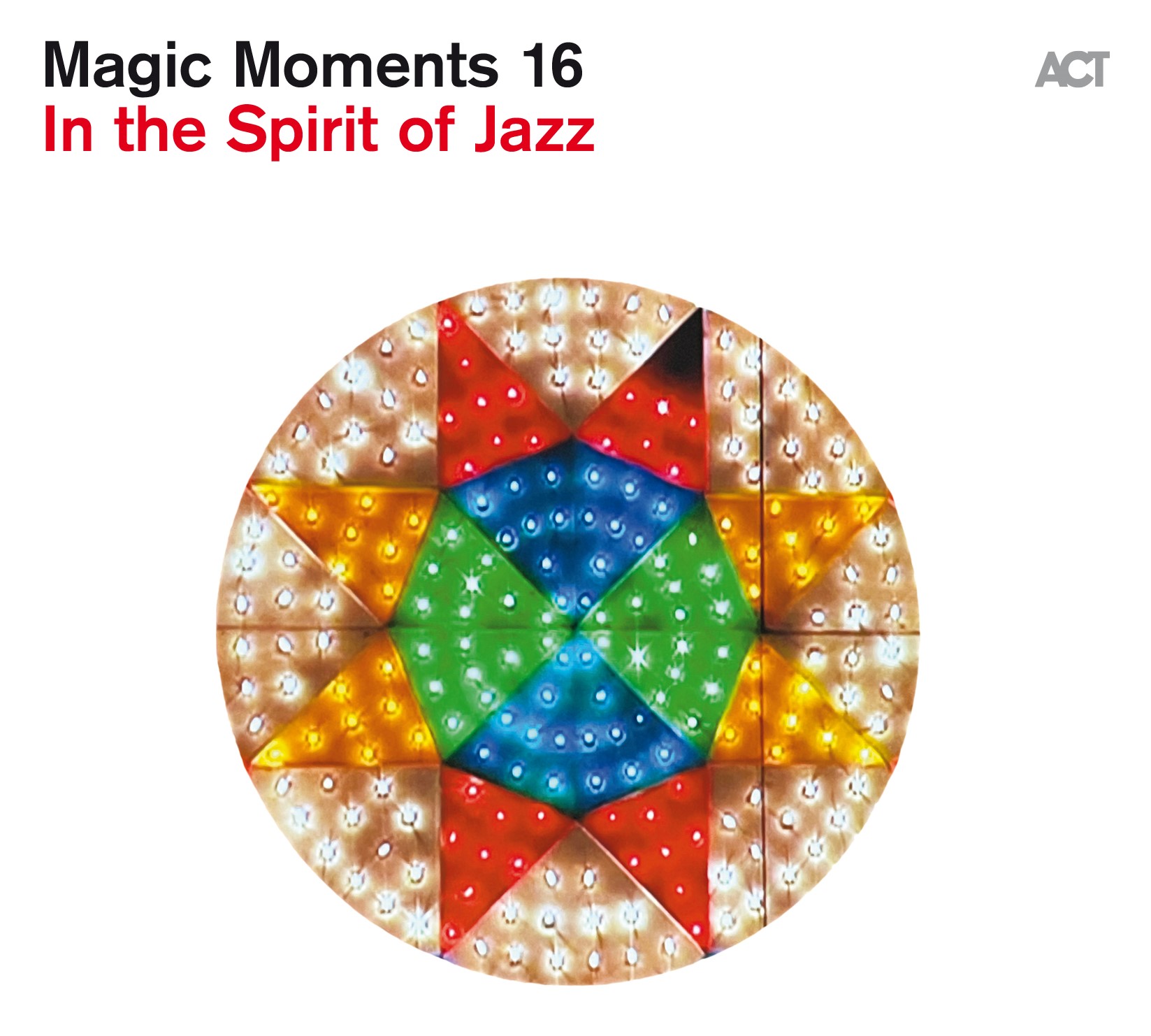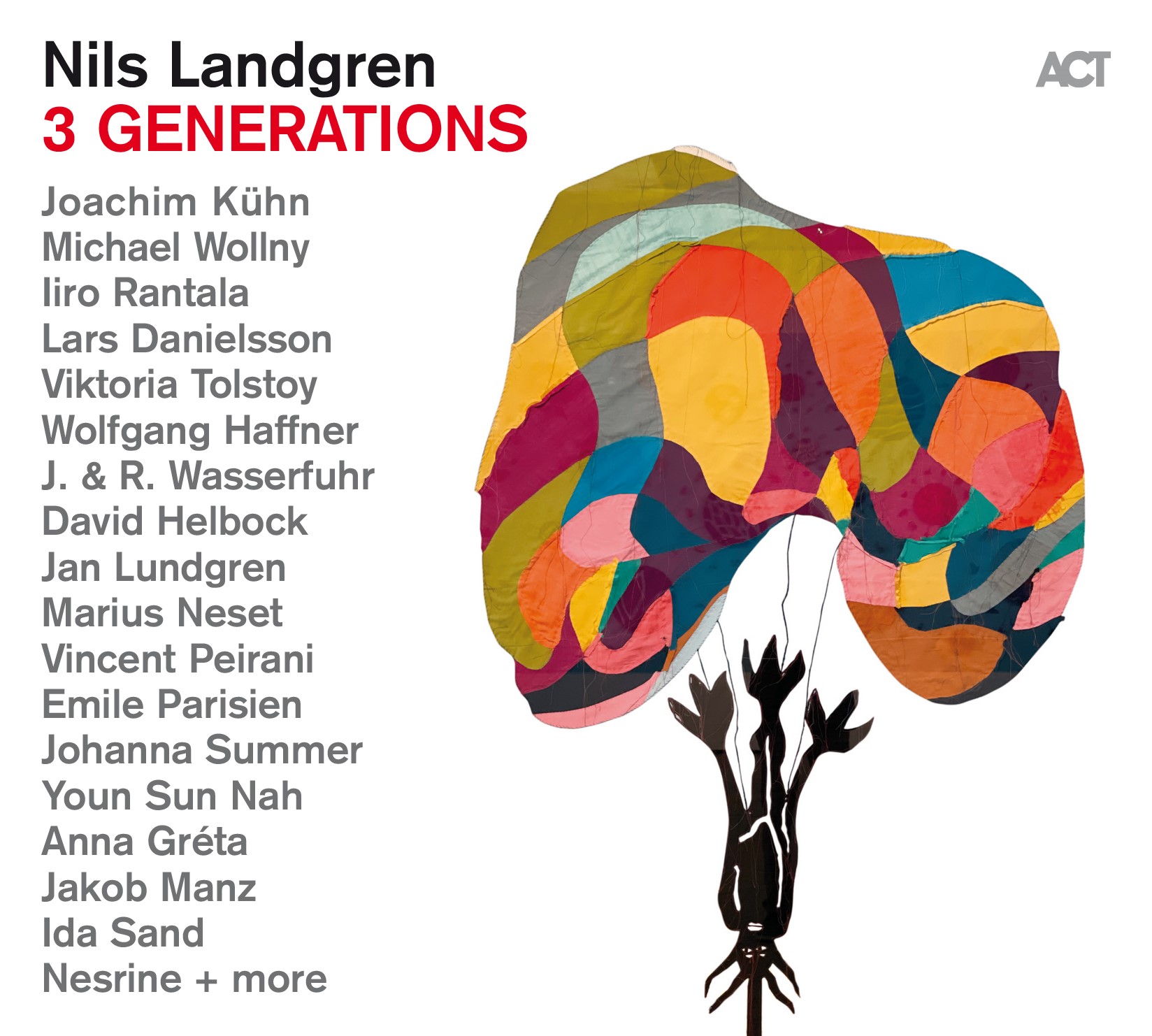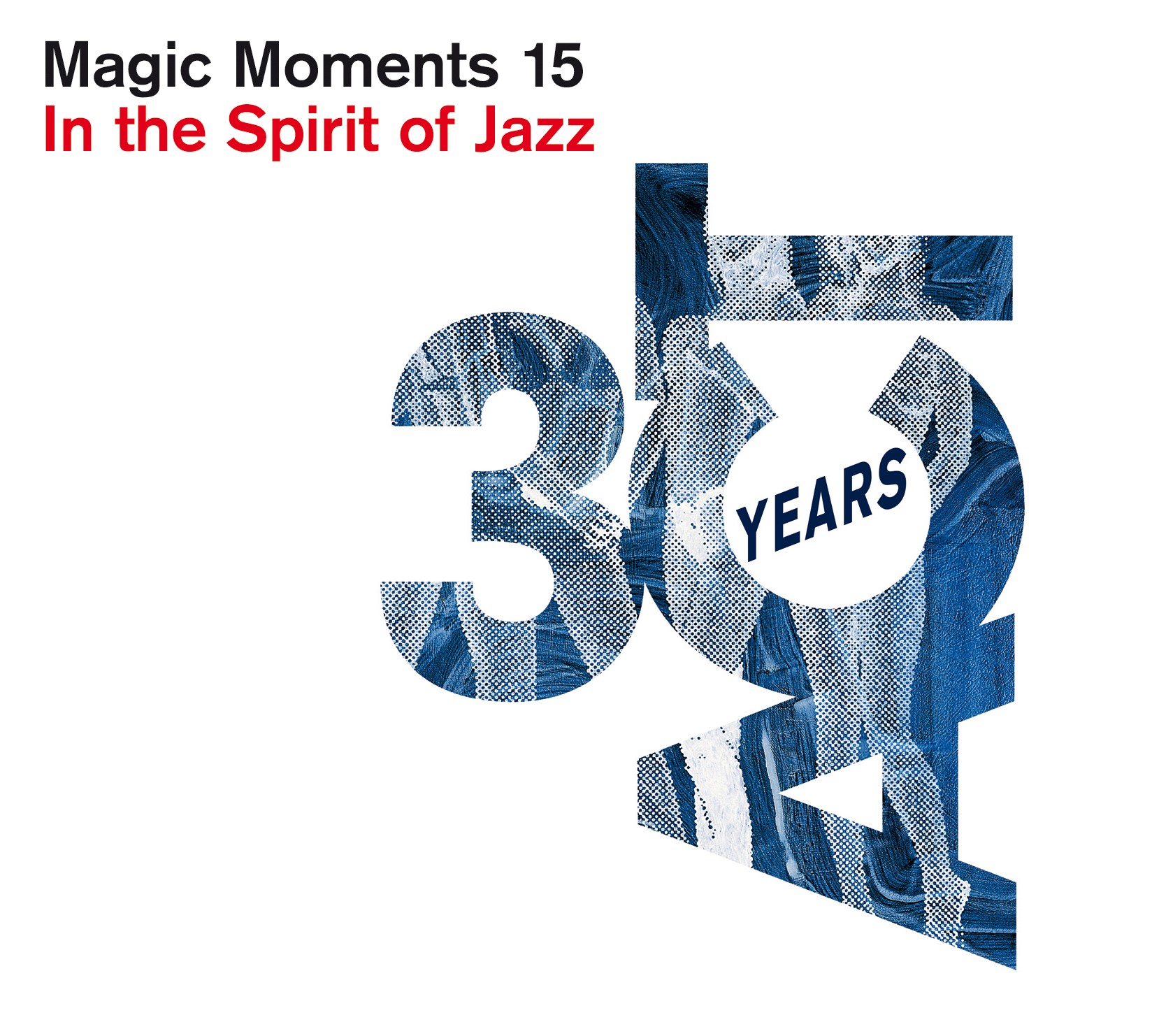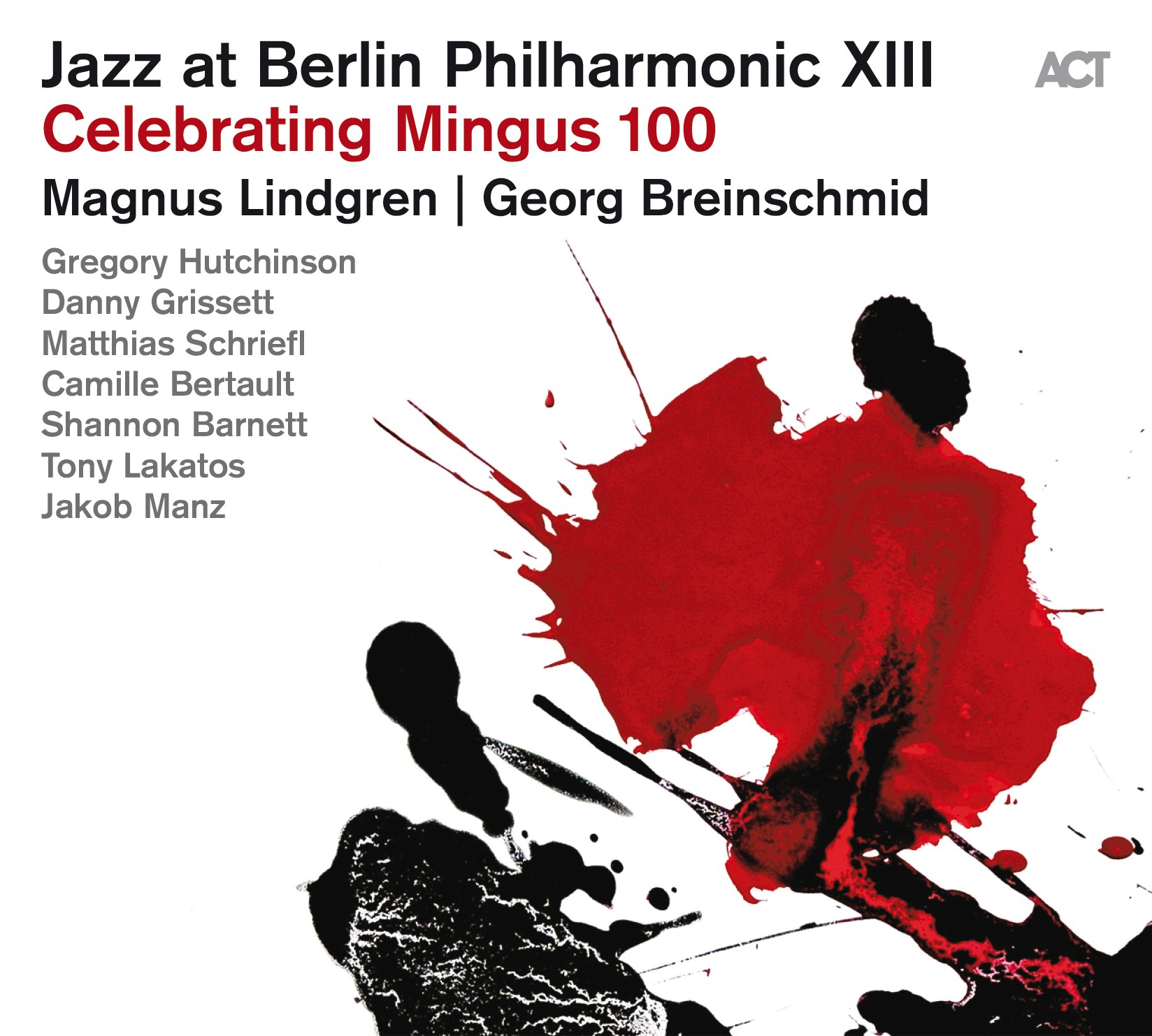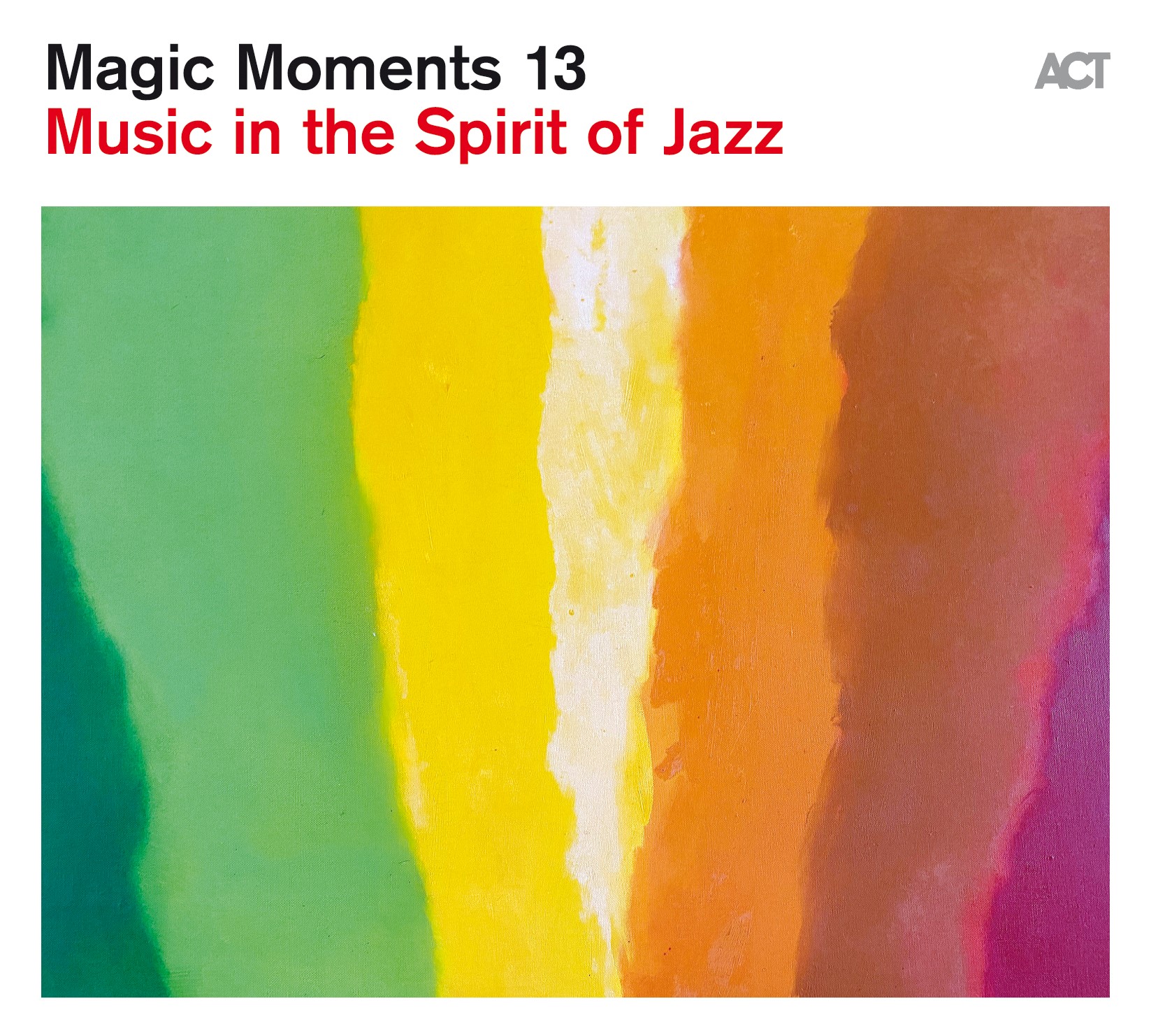Back
VÖ: 26.01.2024
Genre: Junge Talente, Saxophone Jazz, Young German Jazz
Jakob Manz / alto saxophone & recorder
Hannes Stollsteimer / piano & keyboards
Frieder Klein / electric bass
Paul Albrecht / drums
Karl-F. Degenhardt / percussion
Guests
Lionel Loueke / vocals & guitar on 2
Matthias Schriefl / alphorn & trumpet on 5
Alexandra Stollsteimer / violin on 6
produced by the artists
the art in music: cover art "California Suite No.7, 2004" by Mimmo Paladino
“Groove jazz, that’s what we grew up with,” says alto saxophonist Jakob Manz. “Marcus Miller, David Sanborn and the Brecker Brothers - they’re all in our DNA. But for The Jakob Manz Project’s second album, we also wanted new inspirations which would push us further”. The main catalyst for this was a performance at the Papjazz Festival in Haiti. The band were deeply affected by the country and its music, as well as a first encounter with pianist Meddy Gerville from La Réunion. So, whereas we can hear Jakob Manz’s breathtaking virtuosity again on “The Answer”, it is always something he puts to the service of the music. Grooves and melodies are to be heard here which are clearly influenced by the more soulful and poppier sides of American jazz. But there are also new colours derived from a serious immersion and engagement with music from beyond the western world.
Manz conquers these newly expanded sonic horizons with his band consisting of Hannes Stollsteimer (piano), Frieder Klein (bass) and Paul Albrecht (drums), plus additional percussion from Karl-F. Degenhardt. The guests on the album are from the most diverse directions: Lionel Loueke contributes a fascinating West African touch with vocals and guitar, Alexandra Stollsteimer contributes the sound of classical violin and Matthias Schriefl is on trumpet and alphorn – this last instrument certainly a very raresighting in a band playing groove jazz. As ever, jazz provides musicians all over the world with a vocabulary to express, share and communicate what moves and influences them, and to allow audiences to appreciate it. In its own life-affirming way, jazz definitely has “The Answer”.
Hannes Stollsteimer / piano & keyboards
Frieder Klein / electric bass
Paul Albrecht / drums
Karl-F. Degenhardt / percussion
Guests
Lionel Loueke / vocals & guitar on 2
Matthias Schriefl / alphorn & trumpet on 5
Alexandra Stollsteimer / violin on 6
produced by the artists
the art in music: cover art "California Suite No.7, 2004" by Mimmo Paladino
“Groove jazz, that’s what we grew up with,” says alto saxophonist Jakob Manz. “Marcus Miller, David Sanborn and the Brecker Brothers - they’re all in our DNA. But for The Jakob Manz Project’s second album, we also wanted new inspirations which would push us further”. The main catalyst for this was a performance at the Papjazz Festival in Haiti. The band were deeply affected by the country and its music, as well as a first encounter with pianist Meddy Gerville from La Réunion. So, whereas we can hear Jakob Manz’s breathtaking virtuosity again on “The Answer”, it is always something he puts to the service of the music. Grooves and melodies are to be heard here which are clearly influenced by the more soulful and poppier sides of American jazz. But there are also new colours derived from a serious immersion and engagement with music from beyond the western world.
Manz conquers these newly expanded sonic horizons with his band consisting of Hannes Stollsteimer (piano), Frieder Klein (bass) and Paul Albrecht (drums), plus additional percussion from Karl-F. Degenhardt. The guests on the album are from the most diverse directions: Lionel Loueke contributes a fascinating West African touch with vocals and guitar, Alexandra Stollsteimer contributes the sound of classical violin and Matthias Schriefl is on trumpet and alphorn – this last instrument certainly a very raresighting in a band playing groove jazz. As ever, jazz provides musicians all over the world with a vocabulary to express, share and communicate what moves and influences them, and to allow audiences to appreciate it. In its own life-affirming way, jazz definitely has “The Answer”.
